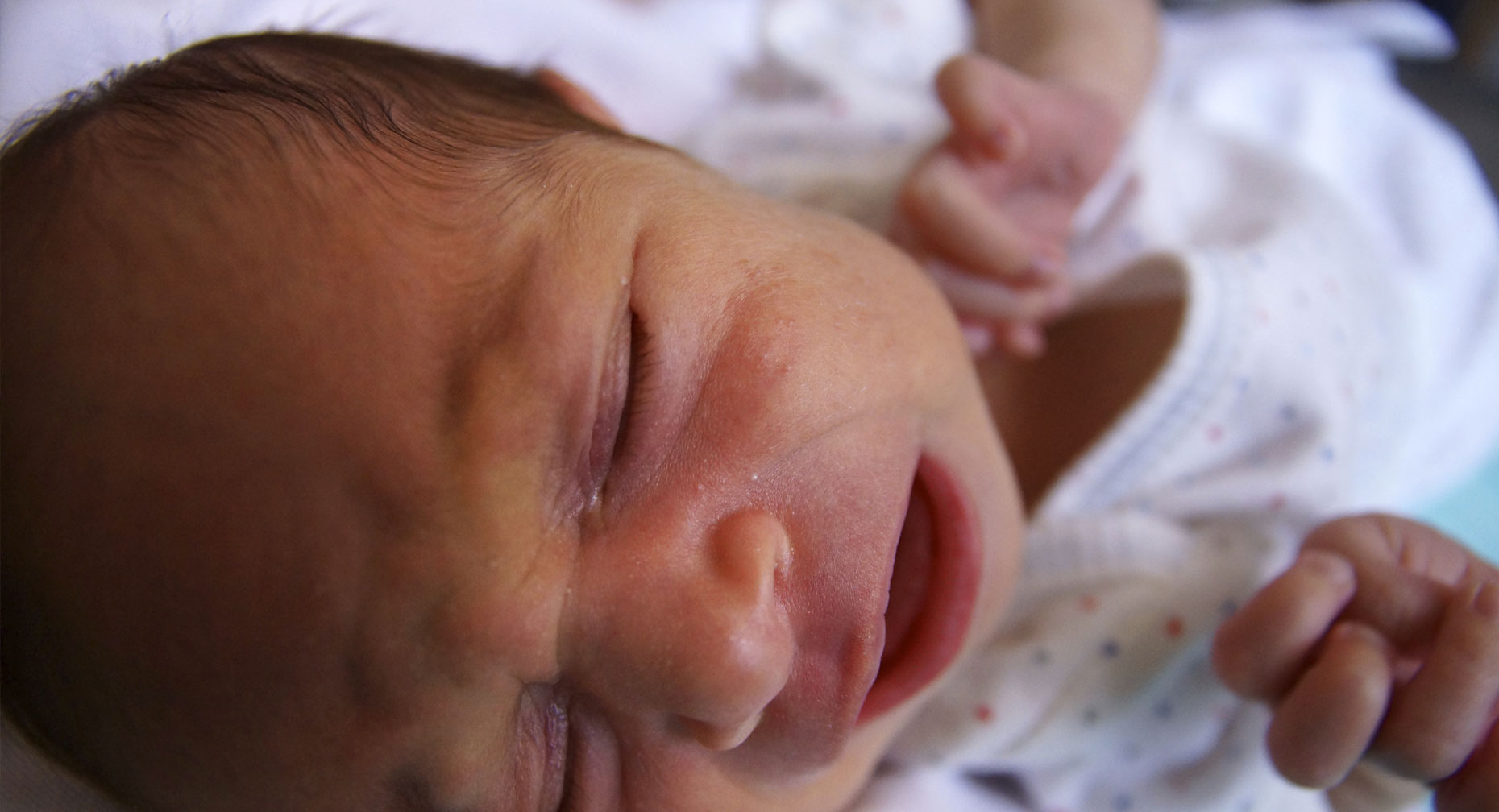How Breastfeeding Changes as Baby Grows

Answer a few questions and we'll provide you with a list of primary care providers that best fit your needs.
So you’re planning on breastfeeding your baby. Good for you! Breast milk is the perfect food for babies. As nature’s first food, it contains just the right amount of nutrients. And it’s gentle on your baby's developing stomach, intestines and other body systems.
Both your milk and the process of breastfeeding change as your baby grows and develops. The nutrients in your milk adapt to your growing baby's needs, as does the amount of milk you produce. The anti-infective properties in breast milk also increase if you or your baby is exposed to a new bacteria or virus.
As with most things baby-related, there’s not one set of right instructions for breastfeeding. “Often moms worry about how much milk their baby is getting when they breastfeed,” says Anne Brower, RN, BA, IBCLC at Miami Valley Hospital. “The great thing about breastfeeding is that babies know how much milk they need. They’ll eat when they’re hungry and stop when they’ve had enough.”
You’ll find that as you continue with breastfeeding, you and your baby will become comfortable and settle into a routine. Use these guidelines to help adjust your breastfeeding schedule as your baby grows.
The First Week
 The first week of breastfeeding is a learning period for both you and your baby. Give yourselves time to recuperate from delivery and become acquainted with nursing.
The first week of breastfeeding is a learning period for both you and your baby. Give yourselves time to recuperate from delivery and become acquainted with nursing.
Some babies figure out how to latch on right away. Others need a bit of help. Take a deep breath if you’re having difficulty. If you’re still in the hospital, ask the nurses or a lactation consultant for help.
“One strategy that helps in these early days is offering your breast before your baby is super hungry,” says Brower. “Crying is actually a late signal that a baby is hungry.” Look for cues your baby is hungry before he is crying. Your baby might:
- Smack his lips
- Make suckling motions
- Root (move his head searching for your breast)
- Kick and squirm
- Look more alert
Your milk should come in within a few days after delivery. Diaper changes will increase when that happens. Your baby should be eating eight to 12 times a day at this point. Feedings can last anywhere from 10 to 45 minutes (but don’t worry – they get quicker as they get older!).
The First Month
Throughout the next few weeks, you will become more familiar with your baby’s feeding style. Your baby should feed about every two to three hours during the day. She shouldn’t go longer than four hours without feeding at night. She’ll continue to eat eight to 12 times in a 24-hour period.
Feed your baby as long as the baby wants at each feeding. Pay attention to emptying the first breast and then offer the second breast if the baby still seems hungry. It is important to empty the breasts well at each feeding because this will help ensure an adequate milk supply.
Both your milk and the process of breastfeeding change as your baby grows and develops.
Try to keep your baby awake while feeding. This can be tough when babies are sleepy. Try undressing the baby down to the diaper, rubbing the palms of the hands, or gently rubbing the baby's back.
Months 2-5
These months will see you both settling into a comfortable routine. “You can expect your baby’s feedings to space out more as the months progress. You’ll feel more at ease with your baby’s cues and will start to get a feel for when he can go a bit longer without feeding,” Brower explains. “Some lucky moms will get to experience a baby who starts skipping feedings in the middle of the night.”
Your baby might also become more efficient at feeding, making nursing go faster. Remember you’ll want to try to empty your breasts of milk as much as possible at each feeding. If you don’t, you risk becoming engorged, which is not only painful, but can also lead to mastitis.
You might be heading back to work at this time. Start practicing with pumping before you go back to work so you get the hang of it and know what to expect.
Month 6 and Beyond
Congratulations! You’ve given your baby a great start in life with six months of breastfeeding. Your breastfeeding sessions are likely spaced out quite a bit more (you can actually leave the house for more than an hour at a time!). By now your baby may have started solids. It’s a good idea to breastfeed your baby before giving her solids to make sure she gets enough milk.
At this age, your baby will probably get more easily distracted while feeding. To limit distractions, it can help to go to a quiet room to feed when possible.
Solids will gradually take over during these months, but it’s fine to continue breastfeeding as long as you and your baby like. Some babies naturally wean themselves during these months. Others will continue nursing as long as you let them. As you get closer to weaning, many moms cut out all but one or two feedings a day, leaving morning time or night time for the last feeding to go.
As your baby gets busier at this age, moms often find breastfeeding to be a special bonding time. Soon enough you’ll be chasing a toddler and will have less time for cuddling, so enjoy it while it lasts!
Answer a few questions and we'll provide you with a list of primary care providers that best fit your needs.
Source: healthychildren.org; Anne Brower, RN, BA, IBCLC





